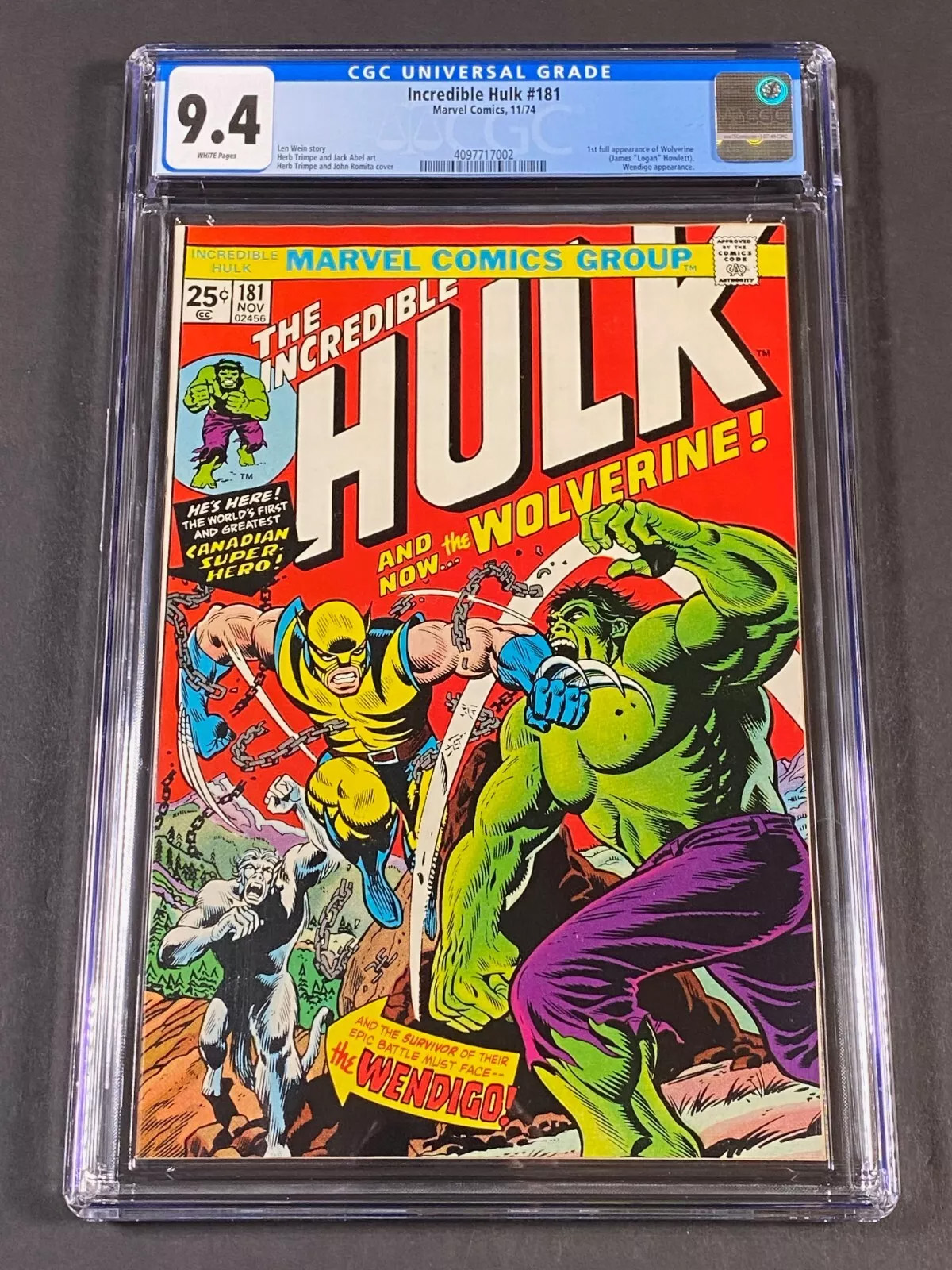The Pros and Cons of Comic Grading for Collectors
If you’re a comic book collector, chances are you’ve considered getting one of your prized issues graded. Comic book grading can boost a book’s value, ensure its preservation, and give you bragging rights—but it’s not for everyone. Whether you’re looking to invest, sell, or just protect your collection, here’s a breakdown of the pros and cons of getting a comic book graded.
✅ The Pros of Comic Grading
1. Value & Marketability
Graded comics are typically worth more than ungraded ones—especially for key issues. A book graded by CGC, CBCS, or PGX with a high score (like 9.6 or above) can significantly increase in value and appeal to serious buyers.
2. Authentication
Grading verifies a comic’s authenticity. That means no worries about restoration tricks, counterfeit copies, or hidden damage. When a buyer sees a graded comic, they know exactly what they’re getting.
3. Preservation & Protection
Graded comics are sealed in tamper-evident plastic cases (“slabs”) that prevent exposure to air, moisture, or handling damage. It’s a great way to preserve high-value issues long term.
4. Peace of Mind for Collectors
Knowing that your comic is protected, verified, and professionally graded can add peace of mind—especially if it’s a centerpiece of your collection.
5. Easier Resale
Graded books are easier to sell online or at conventions. Buyers feel more confident about a purchase when the grade and condition are certified by a third party.
❌ The Cons of Comic Grading
1. Cost
Grading isn’t free. Fees can range from $20 to over $100 per book, depending on the grading company, the book’s value, and turnaround time. You’ll also pay for shipping, insurance, and sometimes pressing or cleaning.
2. No Reading Allowed
Once a book is slabbed, it’s sealed permanently. You won’t be able to read it unless you crack open the case—defeating the purpose of grading. For some collectors, this takes away the joy of ownership.
3. Risk of Low Grades
You may think your comic is a 9.8, but it could come back as a 7.5 due to tiny defects. That’s a financial and emotional letdown—especially if you’re grading for resale.
4. Processing Time
Turnaround times can range from a few weeks to several months, depending on demand. If you’re planning to sell or display your book soon, grading might delay things.
5. Not Necessary for All Books
Grading makes the most sense for key issues, first appearances, variants, or investment-grade comics. For common books or modern issues, grading often costs more than the comic is worth.
📝 Final Thoughts: Should You Grade Your Comic?
If you’re holding a key issue, high-grade variant, or investment piece, grading is usually worth it. It adds value, legitimacy, and protection. But for casual readers, sentimental favorites, or everyday books, the costs may outweigh the benefits.
The best advice? Grade what matters to you. Whether you’re a collector, investor, or fan, your collection should bring you joy—slabbed or not.
Got a comic you’re thinking about grading?
Stop by Zia Comics, and we’ll help you evaluate its condition and whether grading makes sense. We’re happy to guide you through the process and connect you with reputable services like CGC or CBCS.

Comments are closed